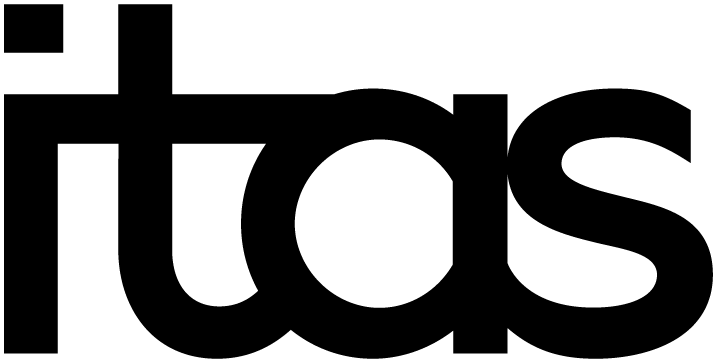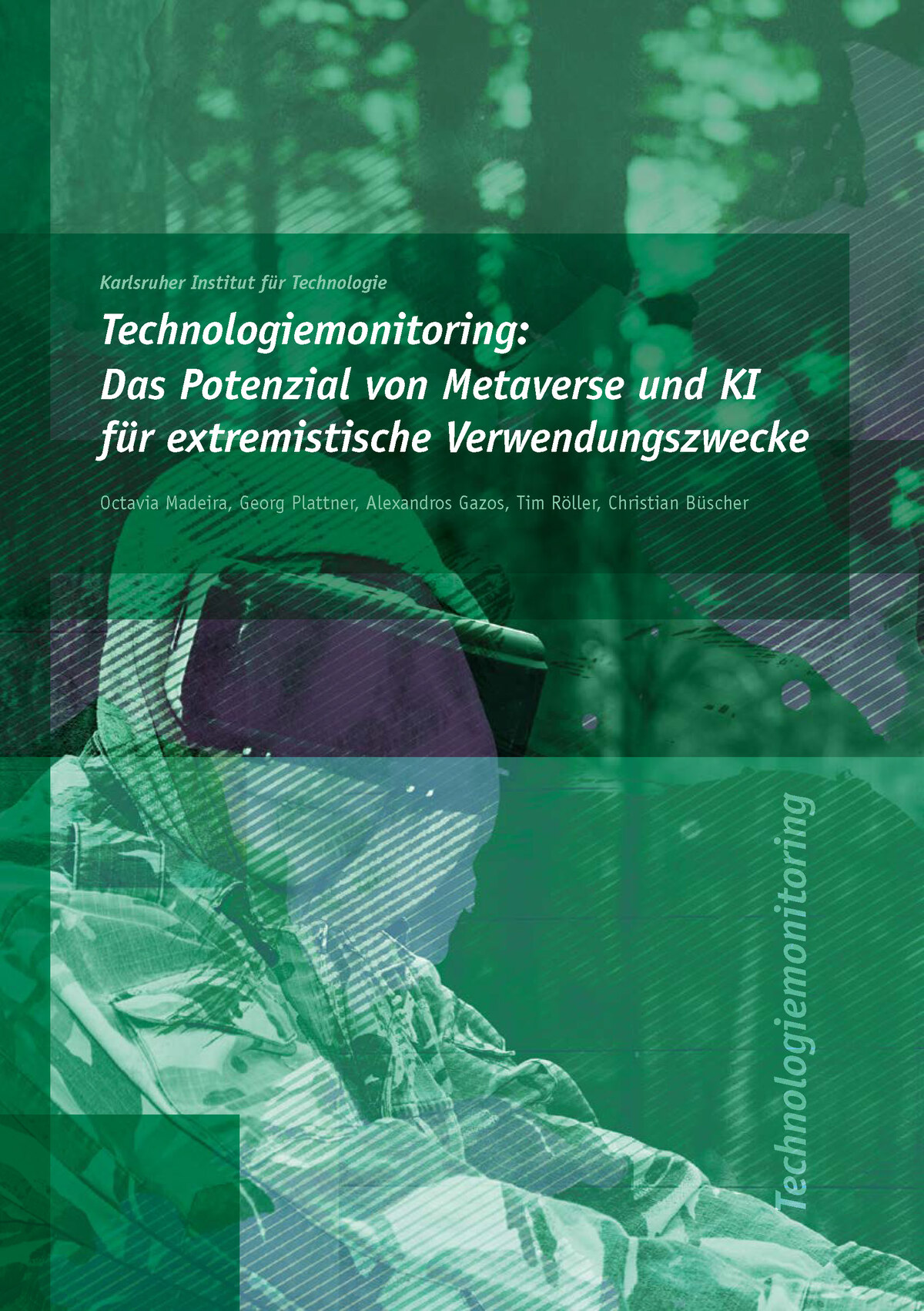Technology monitoring: the potential of metaverse and AI for extremism
Metaverse is the vision of augmenting social media with virtual reality and thus enabling a new quality of social interaction. AI-based applications allow for the automatization of an increasing number of cognitive human activities. Due to these new possibilities, we can assume that in the foreseeable future both technologies will also be of interest to extremist groups or those who drive radicalization processes.
Dynamic technology development as a particular challenge
The ITAS project team contributed to the recently published MOTRA-Monitor 2022 with an article on how such an undesirable use of technology can be counteracted. According to the authors Octavia Madeira, Georg Plattner, Alexandros Gazos, Tim Röller, and Christian Büscher, the highly dynamic development of technologies is a particular challenge for both society and technology assessment.
It is therefore crucial to engage various stakeholders as early as possible in the development of technology. This includes finding ways for a dialogue between representatives of technology companies, politics, and security authorities as well as stakeholders from civil society and science to enable democratic control.
New requirements for prevention work
The authors also argue that the socio-technical context is even more decisive than technical solutions. New technologies are changing the requirements for prevention work and educational programs in particular. Imparting technical knowledge and strengthening democratic resilience in general should therefore be accompanied by efforts to address groups that are particularly vulnerable to new technologies. (19.12.2023)
Further links and documents:
- MOTRA-Monitor 2022
- ITAS technology monitoring in the MOTRA-Monitor 2022
- ITAS project page on MOTRA technology monitoring
- MOTRA project page


